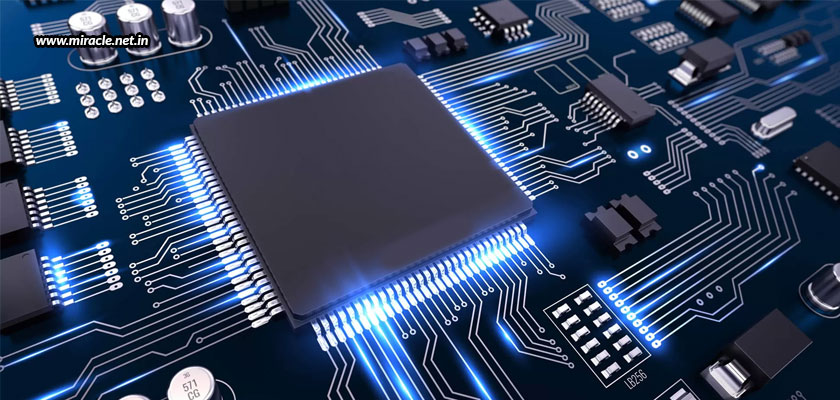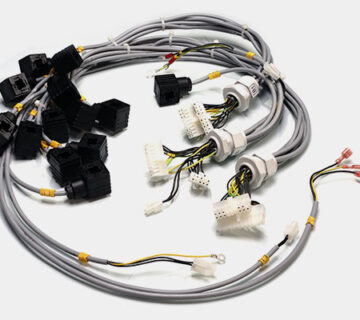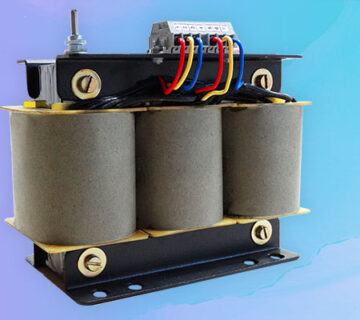Almost every electronic equipment that we use today makes use of PCBs; and just like with anything else, failures with PCBs are also possible. Even the best manufactured PCBs can encounter failures, let alone those that are made using cheaper raw materials and amateur practices. But, to be on the safer side, it is always better to have your PCBs manufactured from expert and experienced PCB assembly manufacturers in India, like Miracle Electronics, so that you can get the best possible products that will have a low likeliness of disappointing you. Such expert and specialized manufacturers exercise proper care, and adhere to the exact tolerances set by the designers. Nevertheless, even good quality PCBs can face problems, which must be immediately identified and rectified so as to eliminate any further errors and hinder time and cost wastage. Let’s help you know about the most common PCB failures seen.
Common PCB failures
Some failures that can occur during the manufacturing process include populating the board with too many components, improper soldering and reflow temperature settings, failing to maintain adequate insulation between two metal traces, etc. Getting into the details,
- Populating the board with too many components requires following precise standards, like placing the components in the correct location, and with correct spacing in between, which if not followed can affect the functioning, and thus the life cycle of the board.
- Not maintaining the correct solder or reflow temperature can result in soldering defects, like improper or broken solder joints, which will lead to failure between a component lead and the PCB pad.
- Failing to maintain adequate insulation between two metal traces, one carrying high voltage and the other carrying a low voltage, can lead to an arc charring not only the board, but also destroying the entire equipment.
- Any kind of thermal or mechanical stress a PCB suffers in the field, that is beyond the normal acceptance levels, can lead to acceleration of wear.
- In case of a multi-layered PCB, each layer must be precisely aligned to the other to allow them to work in tandem, otherwise there could be incomplete circuits, open circuits, short circuits, or crossing of signal lines.
- Any kind of breakage in the protective packaging of the PCB can expose the inner structure of the component to humidity and oxygen, causing it to age quicker. Such breakage can be caused due to mishandling, manufacturing flaws, process faults, excessive heat, or exposure to UV rays or chemicals.
Avoiding the failures
Prevention is always better than cure; thus it is always better to avoid PCB failures, rather than identifying and eliminating them. There must thus be a thoroughly monitored manufacturing process taking place, so that the maximum yield of high quality PCBs can be attained. All kinds of visual inspection, X-ray inspection, electrical testing, and other techniques should be used to inspect the PCB at every stage of the manufacturing process. This can help identify the minimum fault at the earliest, thus eliminating it there and then, so as to not carry it further down the line.
Visual inspection – Inspecting the PCB visually after each process can help detect faults, defects, and problems associated with assembling and soldering. Microscopes can help with inspection of denser boards, while high volume boards may require automated optical inspection, which uses a video camera to capture images of the PCB surface, after which a computer is used to compare the image with an image stored in its memory to identify any areas that deviate from the base image.
X-ray testing – This kind of testing helps test the areas that are not visible and not accessible as X-rays can penetrate multiple substrates and show any inner buried features.
Electrical testing – This kind of testing can check for any opens or shorts; however it cannot probe buried traces.
By using the above mentioned or any other techniques to continually test the PCBs during manufacture, PCB assembly manufacturers in India can achieve maximum efficiency and high performance products, with the least risk of failures.




